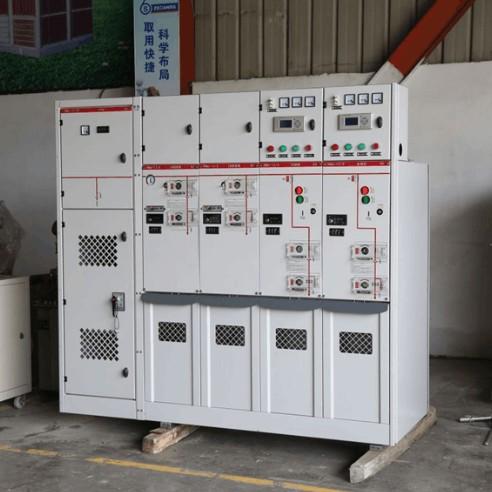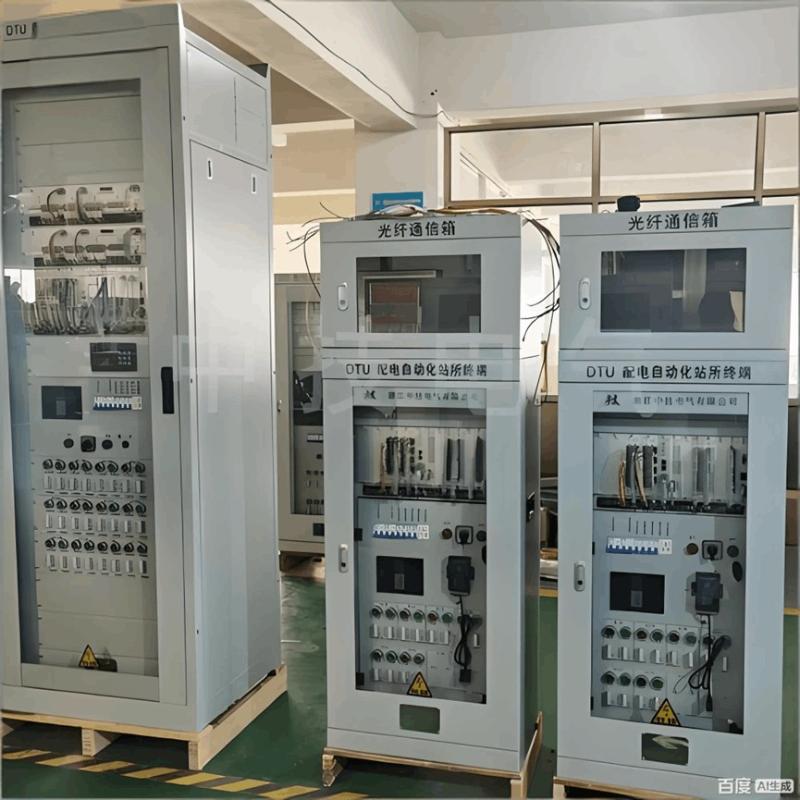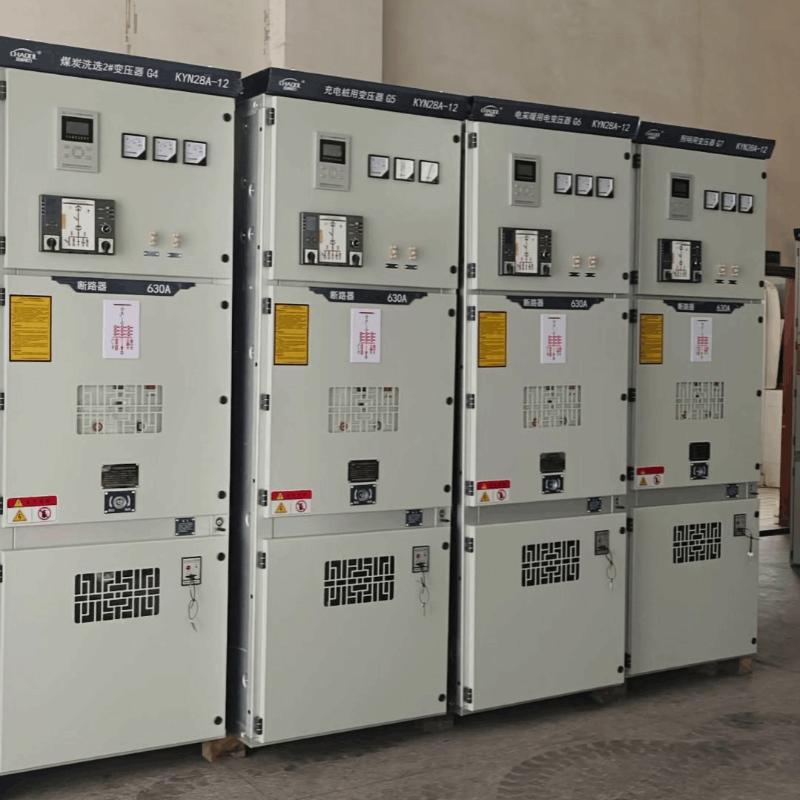- Product
- Suppliers
- Manufacturers
- Solutions
- Free tools
- Knowledges
- Experts
- Communities
Search
-
Alat gratis
-
IEE Business menawarkan alat berbasis AI gratis untuk desain teknik elektro dan anggaran pengadaan daya: masukkan parameter Anda klik hitung dan dapatkan hasil instan untuk transformator kabel motor biaya peralatan listrik dan lainnya dipercaya oleh insinyur di seluruh dunia
-
-
Dukungan & Sponsorship
-
IEE-Business mendukung solusi unggul bisnis dan ahli menciptakan platform inovasi bertemu nilaiPengetahuan Teknis Luar BiasaBergabung dan berbagi pengetahuan teknis untuk mendapatkan penghasilan dari sponsorSolusi Bisnis UnggulBergabung dan Buat Solusi Bisnis untuk Mendapatkan Pendapatan dari SponsorPakar Individu BerprestasiTampilkan bakat Anda kepada sponsor, raih masa depan Anda!
-
-
Komunitas
-
Bangun Komunitas Profesional AndaTemukan dan hubungi rekan industri, calon mitra, dan pengambil keputusan untuk mengembangkan bisnis AndaPerluas Jaringan Pribadi AndaTerhubung dengan rekan industri, calon mitra, dan pengambil keputusan untuk mempercepat pertumbuhan AndaTemukan Organisasi LainnyaJelajahi perusahaan target, kolaborator, dan pemimpin industri untuk membuka peluang bisnis baruBergabung dengan Komunitas yang BeragamTerlibat dalam diskusi berbasis topik, pertukaran industri, dan berbagi sumber daya untuk memperluas dampak Anda
-
-
Bergabunglah dengan Kami
Mitratel
-
-
Bergabung dengan Program Mitra Bisnis IEE-BusinessMendorong Pertumbuhan Bisnis -- Dari Alat Teknis hingga Ekspansi Bisnis Global
-
-
-
Bahasa Indonesia
-
- English
- Afrikaans
- العربية
- Azərbaycan dili
- български
- বাংলা
- Català
- Cebuano
- čeština
- Dansk
- Deutsch
- Ελληνικά
- Esperanto
- Español
- Eesti keel
- Euskara
- دری
- فارسی
- suomi
- Filipino
- français
- Gaeilge
- Galego
- Hausa
- עברית
- हिन्दी
- Hrvatski
- magyar nyelv
- հայերեն
- Bahasa Indonesia
- Íslenska
- Italiano
- 日本語
- ქართული
- Қазақ тілі
- ಕನ್ನಡ
- 한국어
- Kurdî
- Latina
- Latviešu valoda
- македонски јазик
- Bahasa Melayu
- Malti
- नेपाली
- Nederlands
- Norsk
- ਪੰਜਾਬੀ
- polski
- پښتو
- Português
- Русский язык
- සිංහල
- Slovenščina
- српски језик
- Svenska
- Kiswahili
- தமிழ்
- తెలుగు
- ไทย
- Tagalog
- Türkçe
- українська мова
- اردو
- Oʻzbek tili
- Tiếng Việt
-
-
Bahasa Indonesia
-
- English
- Afrikaans
- العربية
- Azərbaycan dili
- български
- বাংলা
- Català
- Cebuano
- čeština
- Dansk
- Deutsch
- Ελληνικά
- Esperanto
- Español
- Eesti keel
- Euskara
- دری
- فارسی
- suomi
- Filipino
- français
- Gaeilge
- Galego
- Hausa
- עברית
- हिन्दी
- Hrvatski
- magyar nyelv
- հայերեն
- Bahasa Indonesia
- Íslenska
- Italiano
- 日本語
- ქართული
- Қазақ тілі
- ಕನ್ನಡ
- 한국어
- Kurdî
- Latina
- Latviešu valoda
- македонски јазик
- Bahasa Melayu
- Malti
- नेपाली
- Nederlands
- Norsk
- ਪੰਜਾਬੀ
- polski
- پښتو
- Português
- Русский язык
- සිංහල
- Slovenščina
- српски језик
- Svenska
- Kiswahili
- தமிழ்
- తెలుగు
- ไทย
- Tagalog
- Türkçe
- українська мова
- اردو
- Oʻzbek tili
- Tiếng Việt
-





















